 Socio-technical scenarios
Socio-technical scenarios
features:
| time | difficulty | people |
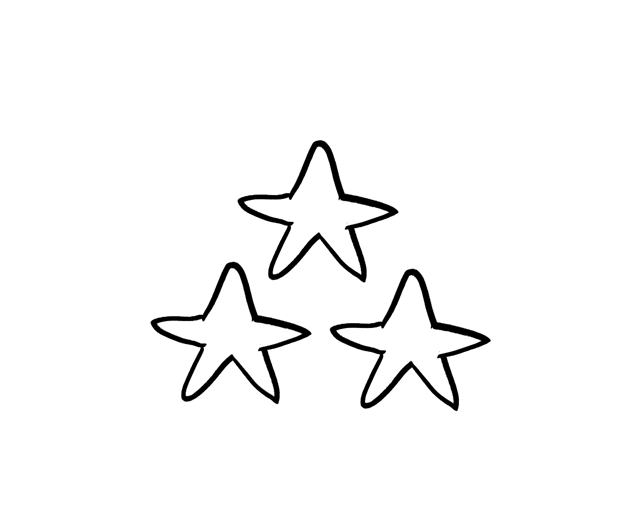 | 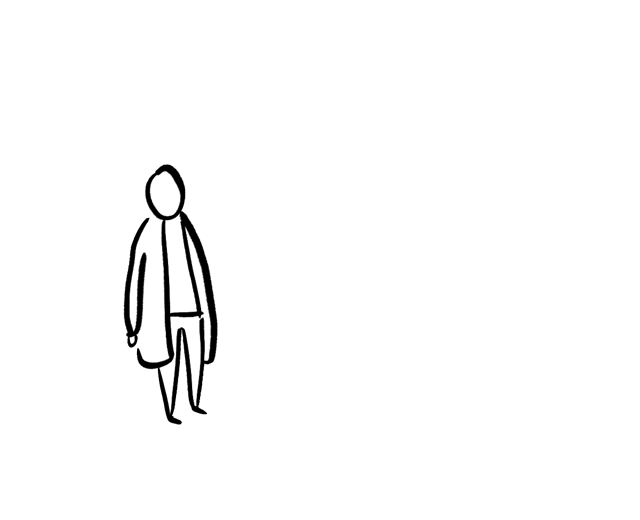 | |
| Days | Advanced | Individually |
intro:
Socio-technical scenarios sketch out future technological and societal developments related to an innovation such as unexpected actions of stakeholders, the influence of regulatory changes or (absent) public acceptance. Techno-moral scenarios focus on normative issues, such as changes in norms and values, roles and responsibilities of society or specific stakeholders. In both scenario types the co-evolution of society or morality and technology plays an important role: both can influence each other.
steps:
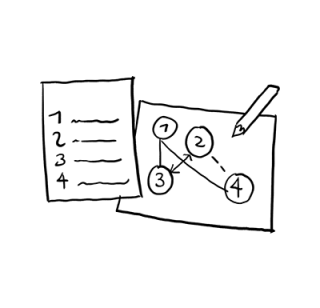 Preparation1Explore socio-technical or techno-moral dilemmas
Preparation1Explore socio-technical or techno-moral dilemmas-
- For the preparation of your scenario, take into account current agendas, initiatives and strategies of stakeholders and the relations and interactions between multiple stakeholders. A stakeholder analysis may help you with this.
- Consider broader political, societal, ethical or environmental developments that might change the socio-technical context. Mapping the socio-technical configuration or carrying out an ethical readiness checkmay help you here.
-
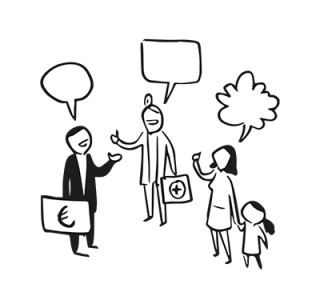 Storyline2Create a storyline around the defined dilemmas and challenges.
Storyline2Create a storyline around the defined dilemmas and challenges.-
- From your earlier analysis, pick several dilemmas, developments or choices that seem relevant for the technology or application field in focus.
- These aspects are taken as key points in the storyline around which different scenarios can be constructed (e.g., a positive, a negative and an ambivalent scenario).
-
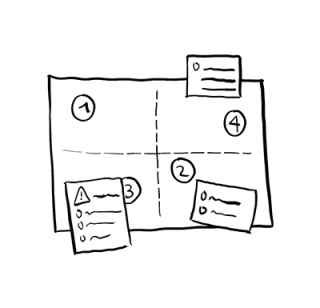 Adaptation3Instead of creating your own scenario, place your innovation in an existing scenario.
Adaptation3Instead of creating your own scenario, place your innovation in an existing scenario.-
- For large fields such as energy, transportation or health plenty of scenarios are available from governments, research institutes or firms. You may also find scenarios for more specific topics.
- Try to imagine what your innovation would need to be embedded in the world that is sketched in this scenario. Does your innovation fit in such a world? Which conditions would need to be fulfilled in order to fit, and does the scenario offer such conditions? Which changes or events within the scenario would impact the development of your technology, and how? What does this mean for your future research? Which actions should be taken and by whom to support/accelerate development?
- Socio-technical or techno-moral scenarios can be used in a CTA-lite workshop to stimulate dialogue between stakeholders and to anticipate together on impacts and potential uses of a new technology.
-
example:
socio-technical scenario – nanotechnology in the food packaging sector
One example of a set of socio-technical scenarios has been described by Rip and te Kulve where they propose multiple futures for nanotechnology in the food packaging domain (Rip & te Kulve, 2008, Constructive Technology Assessment and Socio-Technical Scenarios, in Presenting Futures, E. Fisher, C. Selin, and J. Wetmore, Editors. Springer Netherlands. p. 49-70). The elaborate and complex scenarios are visualized in the figure below in a compact and simplified form. Socio-technical scenarios of organic and large area electronics are presented in an article by Parandian and Rip where they also describe the scenario building process in detail (Parandian & Rip, 2013, Scenarios to explore the futures of the emerging technology of organic and large area electronics, European Journal of Futures Research, 15, 9).
example:
techno-moral scenario – reinventing the dodo
One example of a techno-moral scenario or vignette has been written by Tsjalling Swierstra (Maastricht University) and Marianne Boenink (University of Twente) in the frame of the SynBio project (2006). The scenario describes the resurrection of extinct species by synthetic biology. In this example, possible consequences of the resurrection of the Dodo are suggested, which are not directly obvious (De Reconstructie van de Dodo). This techno-moral vignette aims at stimulating discussion about synthetic biology. This and other techno-moral vignettes are available at: https://www.rathenau.nl/nl/gezondheid/politiek-over-leven.
example:
solar-hydrogen technologies in the future energy sector
In a multi-stakeholder workshop, existing scenario’s from the World Energy Council describing the future energy sector were used to discuss the implementational challenges of new and emerging solar hydrogen technologies. During the discussion, the solar hydrogen technologies were anticipated in the world created by the scenario’s. It became clear, that a successful implementation is strongly dependent on the costs of the produced hydrogen in comparison with other energy sources such as fossil fuels, nuclear, hydroelectric and wind. Next to research efforts to increase the current performance of solar hydrogen systems at competing costs, the implementation could be favored by political incentives to increase the competitiveness of solar hydrogen technologies against non-renewable energy sources such as carbon taxes and emission limits. Additionally, the extension of the existing infrastructure is essential for the broad implementation of solar hydrogen technologies. Furthermore, possible environmental impacts from non-renewable energy sources (e.g., oil spills, nuclear disasters) could increase the public perception towards renewable energy sources and their environmental benefits, and could lead to a push towards more sustainable energy solutions. In general it became clear, that there are many, partly uncontrollable, challenges for the introduction in this sector, suggesting the exploration of alternative innovation routes as well.|
downloads:

Stakeholder Map (pdf)
